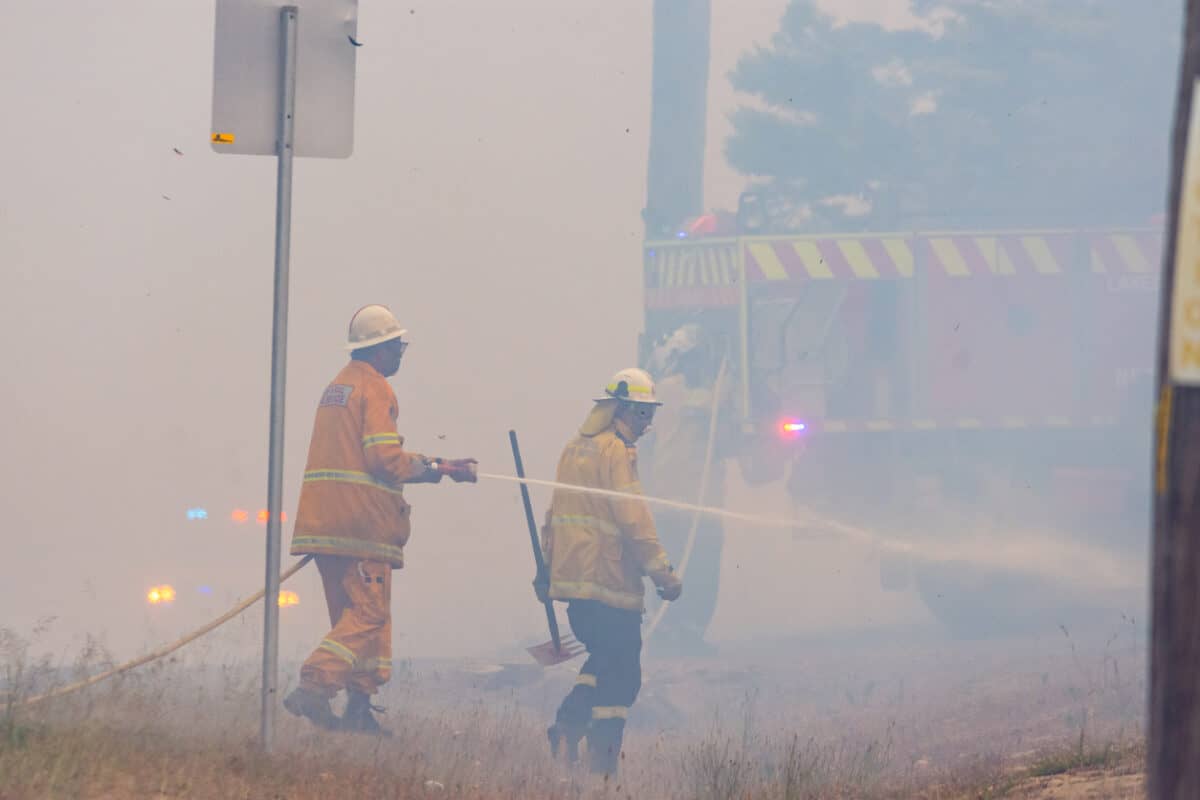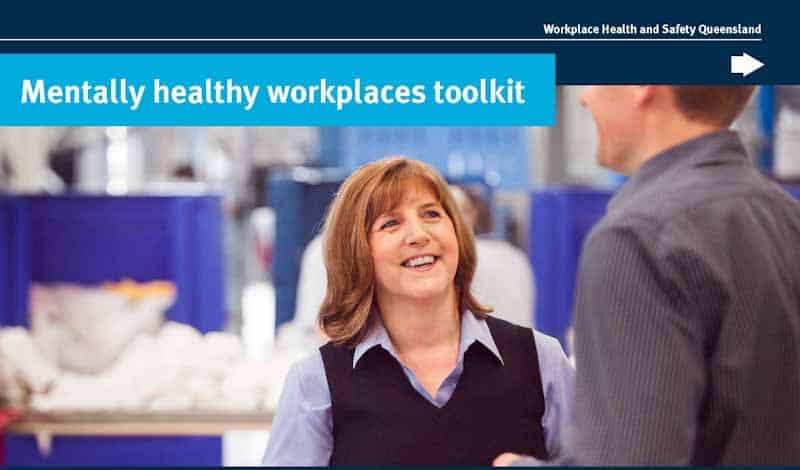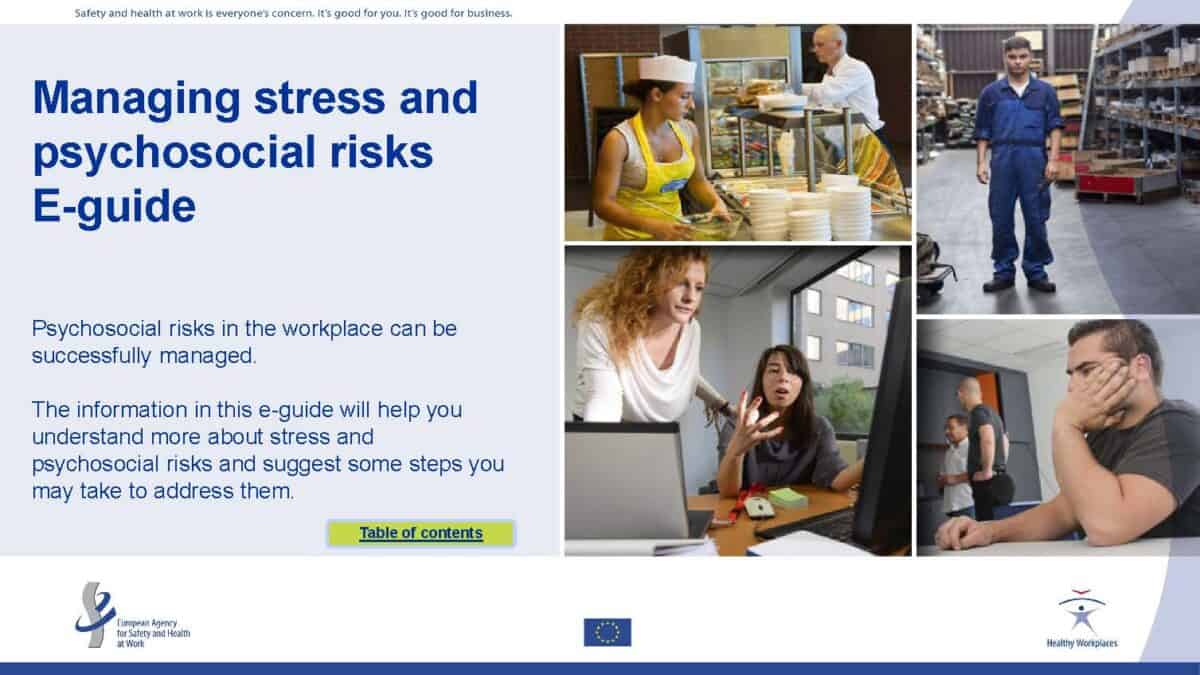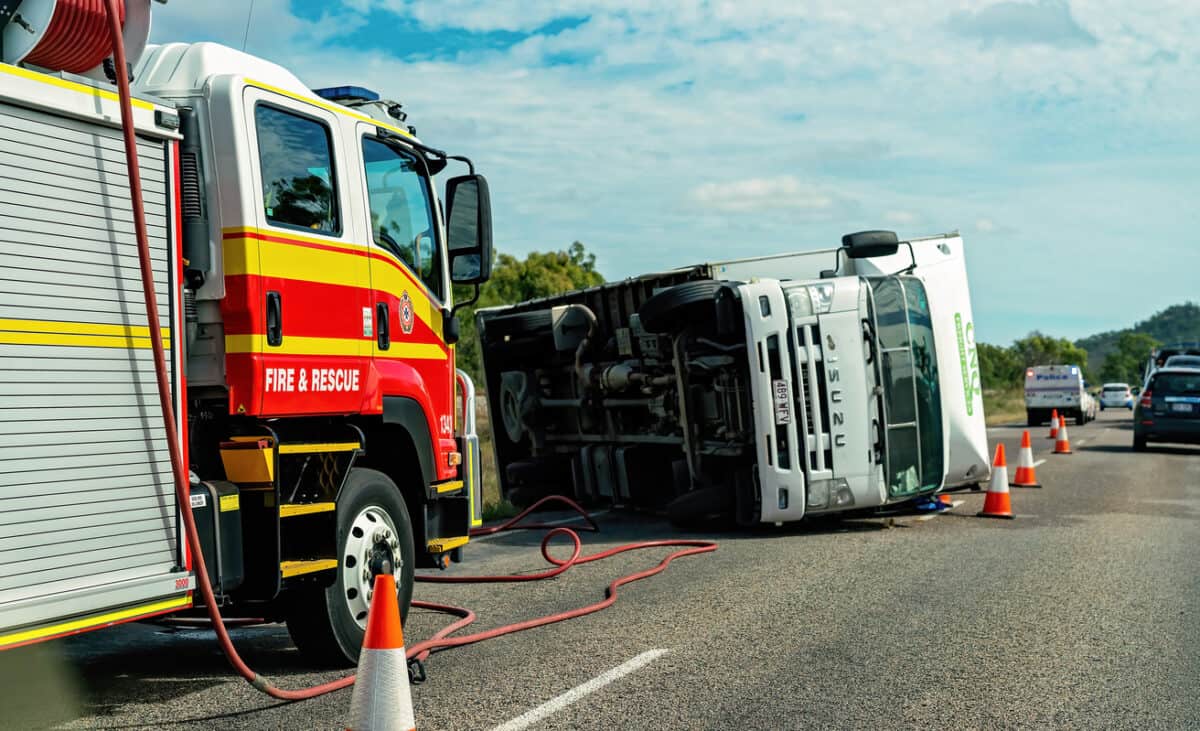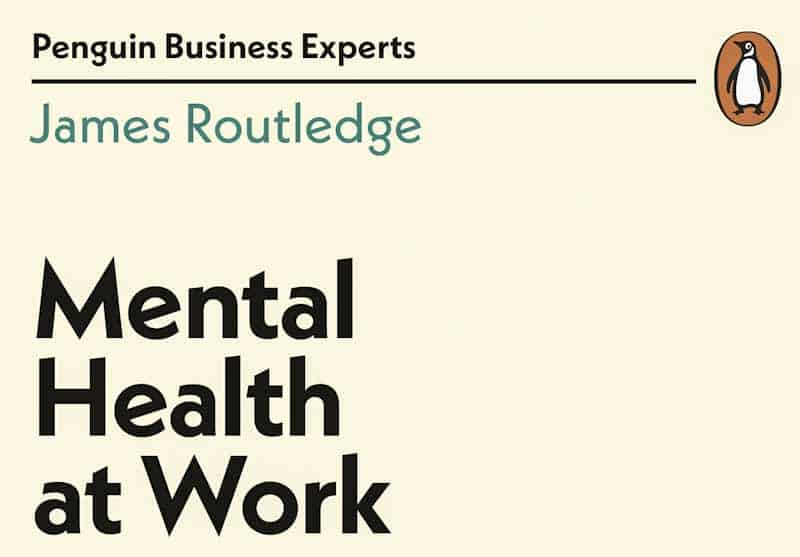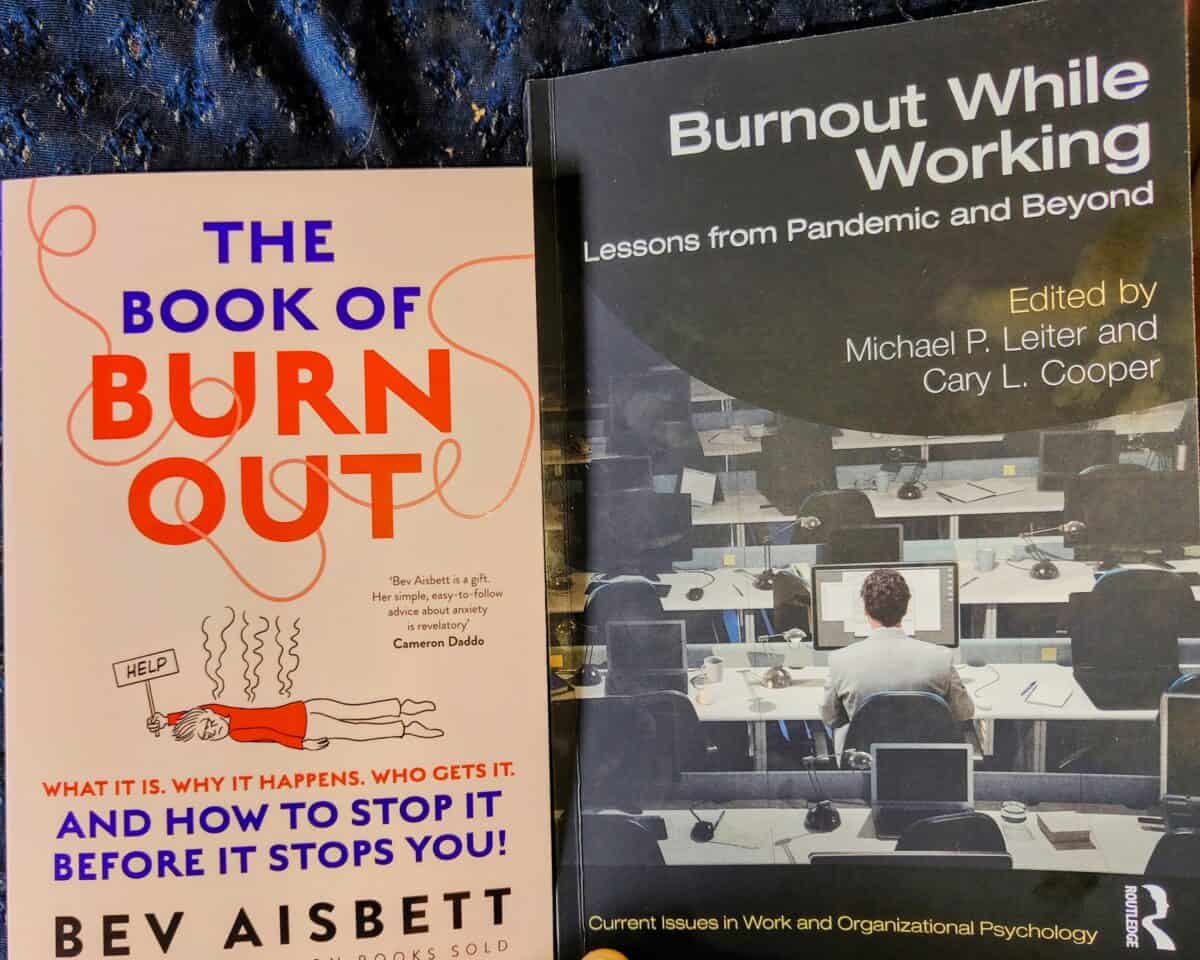One of the favoured characteristics of a successful corporate leader is empathy for those under one’s duty of care. The logic is, if you care about your workers, you will look after them and prevent them from harm. But in some jobs, the empathy needed to do the job well also exposes workers to psychosocial harm. This issue of vicarious trauma is an element of our increased attention to workplace mental health and is receiving global attention.
Category: suicide
Excellent (and free) Australian guide on psychosocially healthy workplaces
Readers have shown considerable interest in the EU-OSHA e-guide for psychosocial health at work. A similarly formatted document has been released by Workplace Health and Safety Queensland in support of the new “Managing Psychosocial Hazards at Work Code of Practice 2022“. The Mentally Healthy Workplaces Toolkit is an interactive PDF slightly more sophisticated than the EU document through its extensive use of hyperlinks to external information sources.
Plain psychosocial health guide has great potential
Recently the European Agency for Safety and Health at Work released an “e-guide” on managing stress and psychosocial risks at work. It offers a radical contrast to some of the information on risks and burnout that originate from the United States.
The e-guide is really a PDF file that uses the software’s features to establish links between the table of contents and relevant pages of information. This is a little “old school” but the Agency often does this, I think, to allow for wide distribution and easy application.
Trucking inquiries scare the Conservatives
Australia’s newspapers have recently reported on the moves by the Federal Government to review the safety and working conditions of the country’s truck drivers. As expected, The Australian newspaper is painting this as the Government paying back its ideological and financial backers – the trade unions – and the resurrection of the Road Safety Remuneration Tribunal (RSRT), even though the Government denies this will happen.
Occupational health and safety (OHS) sits behind some elements of the debate. As with most things OHS, it will not be a game-changer in a discussion over pay rates and minimum standards, but it is a serious consideration, and deservedly so.
Mental health book should be influential due to lack of bullshit
Some of the recent guidance on mental health at work from occupational health and safety (OHS) regulators is not scintillating or even engaging. Their purpose is to provide information with the hope it is presented in a workplace by someone super-communicative and influential. (C’mon, really? We’re talking about OHS here.)
Luckily there is a recent easy-to-read book of fewer than 150 pages that reads like a conversation over a single afternoon with the reader about Mental Health At Work.
Continue reading “Mental health book should be influential due to lack of bullshit”The two extremes of managing burnout
Two new books about burnout arrived on my doorstep this week. They could not be more different. They reflect the mess of approaches to this type of psychosocial injury. Only one provides valid, useful evidence and advice.
Bev Aisbett released a book that I found unreadable – partly because of the advice offered but mostly because of the atrocious formatting where she YELLS almost all the time in the most annoying social media way. Below is a random example.
Workplace suicides should be both notified and investigated
Why does this blog keep writing about workplace suicides? For decades, occupational health and safety (OHS) policy has been determined and measured by traumatic physical fatalities. Psychosocial policies need to be determined and measured by work-related suicides. But to achieve this starting point, the stigma of suicide needs addressing. Recently Professor Sarah Waters and Hilda Palmer conducted an online seminar about workplace suicides and including them as notifiable incidents under the United Kingdom’s Reporting of Injuries, Diseases and Dangerous Occurrences Regulations (RIDDOR) laws, Australia needs a similar discussion.

